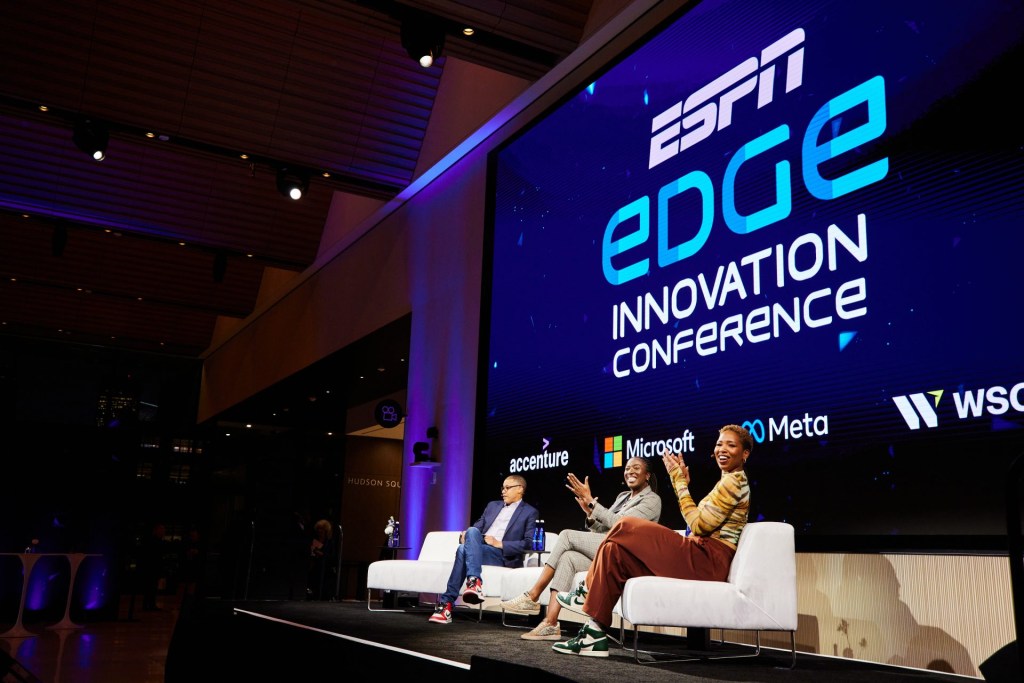Esports producers face the challenge of producing content for both in-venue and ‘streamed-to’ audiences.
In this webinar, hear from esports experts Ramon Ramos, Michael Thuney, and Lucy Goldberg on using traditional and non-traditional live production technology to tell unique stories to these two audiences, each of which will experience the competition from very different perspectives.
Edited highlights appear below:
On similarities between producing esports broadcasts and traditional sports broadcasts (2:34)
Thuney: “It is similar in the way that we’re still doing storytelling at the end of the day. But the story is a different perspective…The problem is, is that a lot of times the perspective is from the player’s perspective and not from a spectator’s perspective or in the game. So that actually drives what we have to create. So whenever we’re looking at, let’s take a game like Fortnite or PUBG where you have a large group of people. How do you decide your camera positions? What do we graphically show? Because basically all the images are based on one person’s point of view and not a global point of view. And when you do get into a global point of view, then you have to go ‘who are we watching here?’ So sometimes the information that’s native to the games’ observers is not adequate enough to tell a story back to the live audience that’s either physically in the live audience on the broadcast.”
SEE MORE: Florida Gators Turn To Vizrt For In-Stadium Engagement
What types of content are fans responding well to? (13:33)
Goldberg: “One of the things that I’ve seen in the background for the past couple of years at events is this is this sort of customized viewing experience… I’ve been really impressed with the amount of stats analysis that goes on in esports. I could see that becoming a thing in traditional sports. Not everybody is going to be interested to see the exact same stats. If you have more of a choose your own adventure type platform like mobile or web, that allows you to click on this, click on that, expose these stats, delve deeper into this player and see what his stats were from four years ago or whatever…It’s that kind of interactivity that really draws people in and makes people part of the story.”
On how new technology will shape the future of broadcast production (29:15)
Ramos: “You have to remember that we’re still right in the heart of our technology era here. You’re having conversations today about 5G…and four years from now it five G will be old, right? So there are just so many elements that I think are going to impact workflows. You see operations like Riot Games, for example, who are really pushing the envelope on remote production and as they continue to open those doors and set guidelines for that, you’re going to see others follow in that path because it’s more cost saving than rolling out a big truck to every single event. Technology is going to improve everything in terms of the connectivity and the way you can produce.”
SEE MORE: Viz Arena’s Down & Distance Gives Ravens Fans More to Cheer About
What excites you about the world of esports currently? (44:36)
Ramos: “I think that it’s really exciting to see how quickly it’s growing on a global scale, not just in these countries with a high GDP. But if you look at Southeast Asia for example, esports is on the boom and it’s all done through mobile. So it’s created a whole fun, new, exciting challenge for us to work with partners like Garena…to figure out how to put on productions at their events around games that are played [via mobile]. That wasn’t a thing four years ago… You’re gonna start to see just a lot of spikes in different regions or different countries…So for me the one thing is it’s exciting to see all the growth and how quickly it comes around.”














